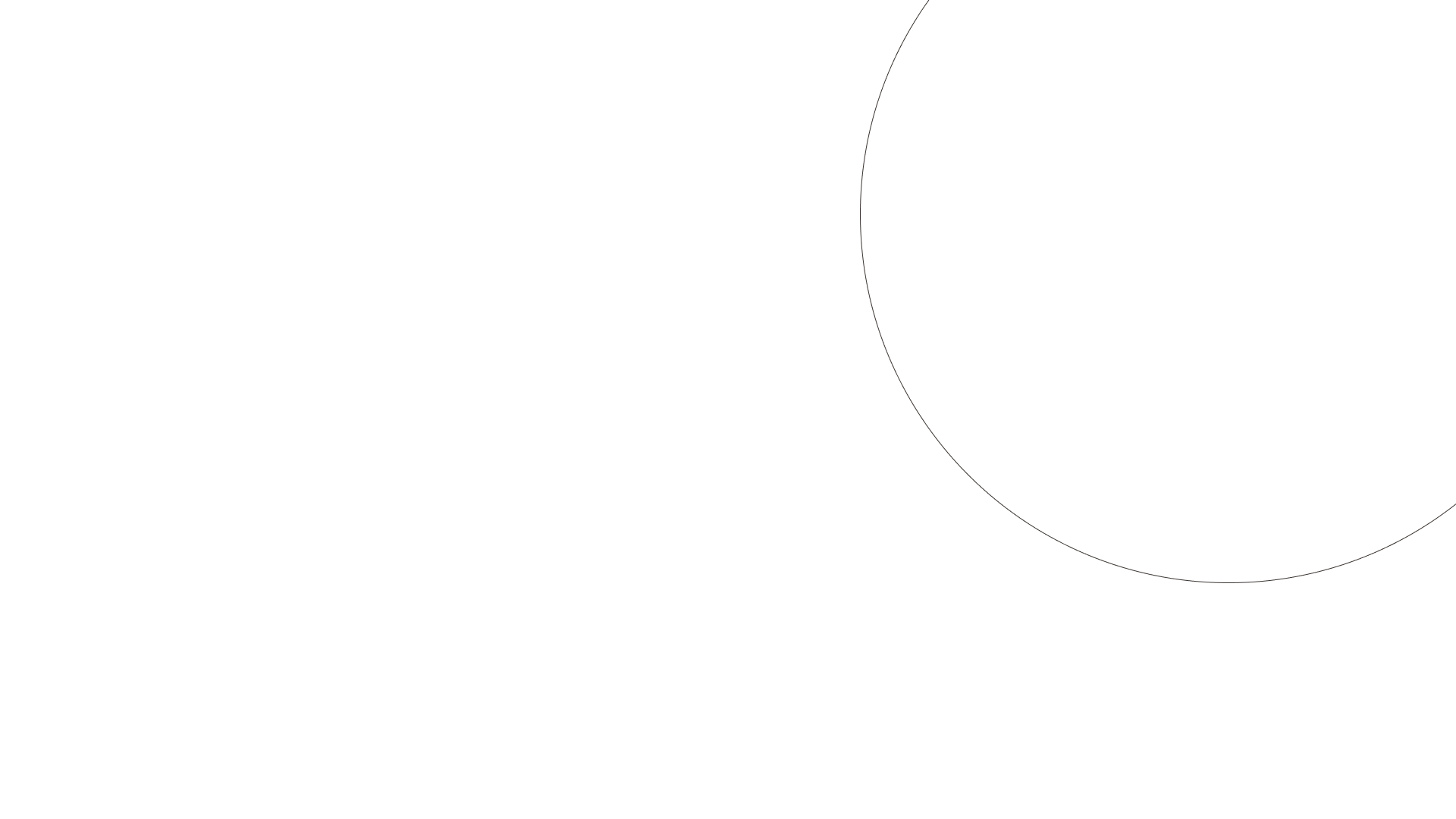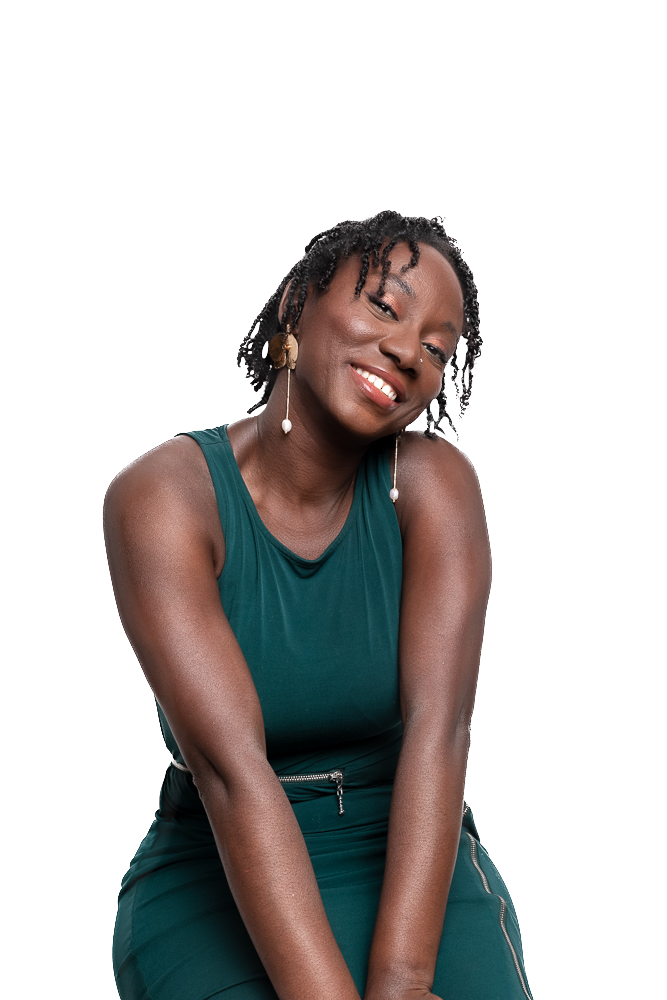
Section Styles spotlight-header
I am a
MEDICAL ILLUSTRATOR
Kuukua Wilson
Presented by The Amgen FoundationThe medical field REQUIRES A LOT OF VISUALS TO COMMUNICATE HEALTH INFORMATION.
As a Medical Illustrator, I create images of the human body and health information to help people understand illnesses.
MY WORK SETTING
Indoor vs. Outdoor
I spend most of my time working inside - whether it’s visiting medical facilities or drawing at my easel or computer.
People vs. Alone
I spend a lot of my time illustrating alone, but I also spend a lot of time collaborating with medical professionals and others on the teams.
Creative vs. Defined
While my work is highly creative, I also need to incorporate careful research to ensure my subjects are accurate.
-
I work with healthcare and biotechnology companies to make their information more accessible to patients, caregivers, and other non-experts. I create accurate and educational illustrations of things like medical devices or parts of the human anatomy and functions. My work is equal parts biology, art, and education, as it aims to help communicate important ideas and humanize the medical experience.
-
I’m trained in anatomy, biology, and the arts. My work involves researching and studying the subjects I illustrate to ensure that it is medically accurate. This requires a lot of understanding of the science of the human body. It also requires advanced drawing skills, as precision is key. I use tools like Adobe Photoshop and Illustrator, pencils, and photography. I also often collaborate with experts to make sure I get the details right. This could be a doctor, researcher, surgeon, company, or even patient. It’s a very interdisciplinary effort.
-
My goal, and the goal of my field, is to provide understanding. When we or someone we love gets sick, it’s important that we have resources to understand critical health information. When my dad was sick, I didn’t have the information I wanted to support him. I want to help provide the resources I didn’t have to make it easier for others. Carefully crafted visuals can help make complex information make more sense, especially if you’re not an expert. These visuals can also make us feel more comfortable in healthcare settings, which is why it’s so important that we represent diverse bodies and skin tones in this work.
My Work NeedsEssential Skills:
RESEARCH
I need to be comfortable studying medical and scientific concepts in order to accurately illustrate them.
CREATIVITY
As an illustrator, I am constantly using my imagination and artistry to capture complicated ideas.
COLLABORATION
I can’t do my job alone. I work with medical professionals and other illustrators to create the best representation of a medical or scientific subject.
PRECISION
It’s important to get the small details right. There are people who rely on my illustrations to learn, train, and understand important information.
DAYS IN THE LIFE
Days in the Life
Come along and explore what three days at my job might look like!
How I Work
Check out what my place of work looks like on an average day.
This is what my workspace looks like!
Easel. Plenty of tools, canvases, and papers to paint and sketch on.
Pencils & paint brushes. I keep a wide range of drawing tools to help me with different types of projects.
Big computer screen. Large monitors help me see every detail and use Adobe Illustrator and Photoshop to their full capacity.
Gummy bears & matcha tea. Must-have yummy snacks for energy boosts, and a whole drawer-full of teas!
Anatomical models. These are medically accurate models and sculptures that I use as references and visual aids in my work.

Did you know...The human body is unbelievably intricate, complex & beautiful.
People can spend their entire careers studying the human body and still only scratch the surface. In fact, people can spend their entire career studying a single human cell type and still only scratch the surface! With over 200 bones fitting together in just the right way, more than 200 different types of cells specialized to play distinct roles (over 100 in the nervous system alone!), and over 75 different organs, learning how they all work would take many lifetimes.
You might think that scientists have it all figured out, but that’s not true. We still have a long way to go to fully understand our bodies. There's always more to learn, more to uncover, and more ways to improve our understanding of the human body. This pursuit of knowledge not only fuels scientific advancement but also enhances the way we approach healthcare and treatment.
Medical and anatomical illustrations are a core part of the STEM industry. Illustrators create the educational tools used by doctors to explain complex procedures to patients, used by teachers to educate students, and used by researchers to visualize new findings. The accuracy of their work directly impacts learning and patient care, highlighting the importance of their role in the medical field. Whether you realize it or not, you've likely interacted with their creations on a regular basis. Their work might be in your textbooks, on the pages of brochures handed out in hospitals, clinics, and health fairs or displayed on city billboards for public health campaigns. In some cases, art has even been a tool for discovery. Early in the study of human biology, for example, a Spanish artist and neuroscientist named Santiago Ramón y Cajal combined his drawing skills with microscopes to study and better understand different types of neurons.
There’s still a lot to learn about the human body and how it works, and a lot of different roles that can help us get there.
Rewarding
These are the parts of my job I find particularly rewarding.
Constantly learning about different diseases and parts of human biology to translate into your work.
Using your imagination to determine the best way to capture a complex concept or anatomical part.
But everyone is different! Drag the circles to place them where you rate them.
Challenging
These are the parts of my job I find particularly challenging.
Spending a lot of time alone to do the bulk of your research and drawing.
Working through lots of rounds of edits and patiently making tiny changes to ensure every detail is just right.
Section Styles movable
These are the people I work with:
Subject Matter Experts
I collaborate with people like doctors, surgeons, researchers, or other experts to draw accurate details.
Patients
I’m often designing for patients, so I make sure that I understand their needs to produce the best illustrations for them.
Other Artists
Sometimes I partner with other artists (like 3D artists) to bring concepts to life in various formats.
WHAT’S NEXT?
What’s next for my field of work?One of the most exciting things about working in STEM is how fast things change. Things that aren't possible today could be possible tomorrow.
Increasing accessibility to the medical field.
Visual aids, in the form of images, infographics, videos, and other multimedia content, can serve as a valuable tool to bridge accessibility gaps, especially for those who have few resources or are members of medically marginalized groups. Visual language can transcend many barriers of written or spoken language. It allows people with varying levels of literacy, or those whose primary language may not be the same as the one in which information is delivered, to more easily access and understand crucial information. We’re seeing more and more companies pay attention to these types of priorities, which can be particularly beneficial in settings such as healthcare where clear and comprehensive communication is vital.
Looking for teacher resources?
PHOTOGRAPHER: Alina Milbradt • Illustrator: NEST Design© 2024 THE PLENARY, CO. ALL RIGHTS RESERVED. TERMS. PRIVACY.This is a brand new site! See an issue? Let us know.


















